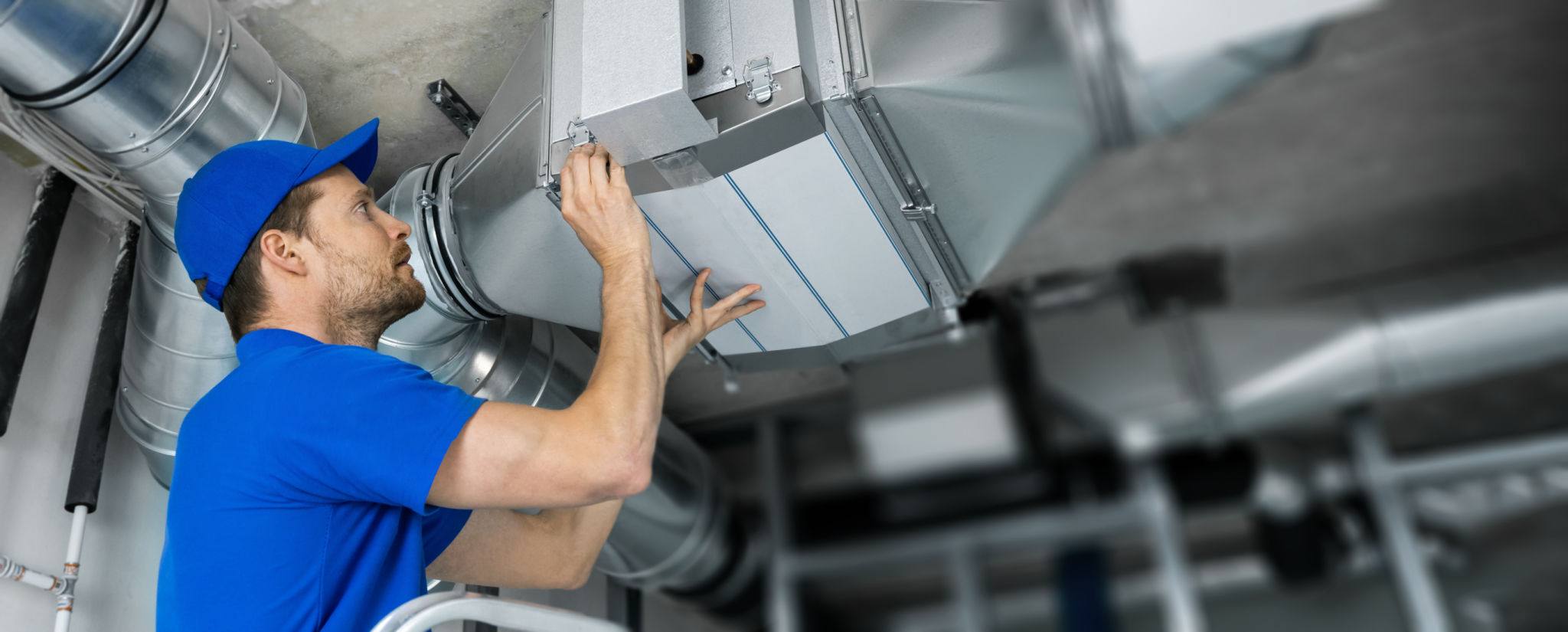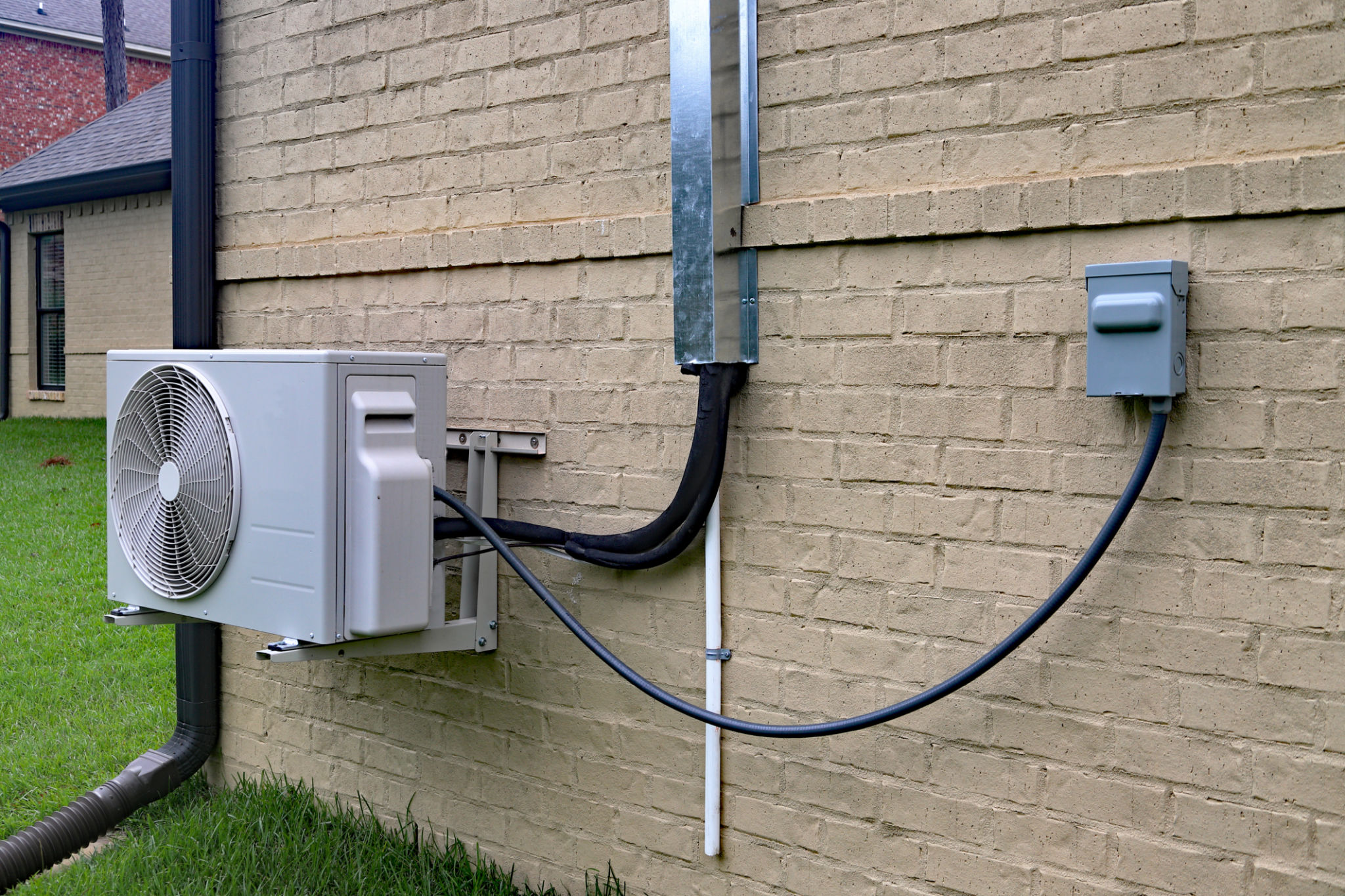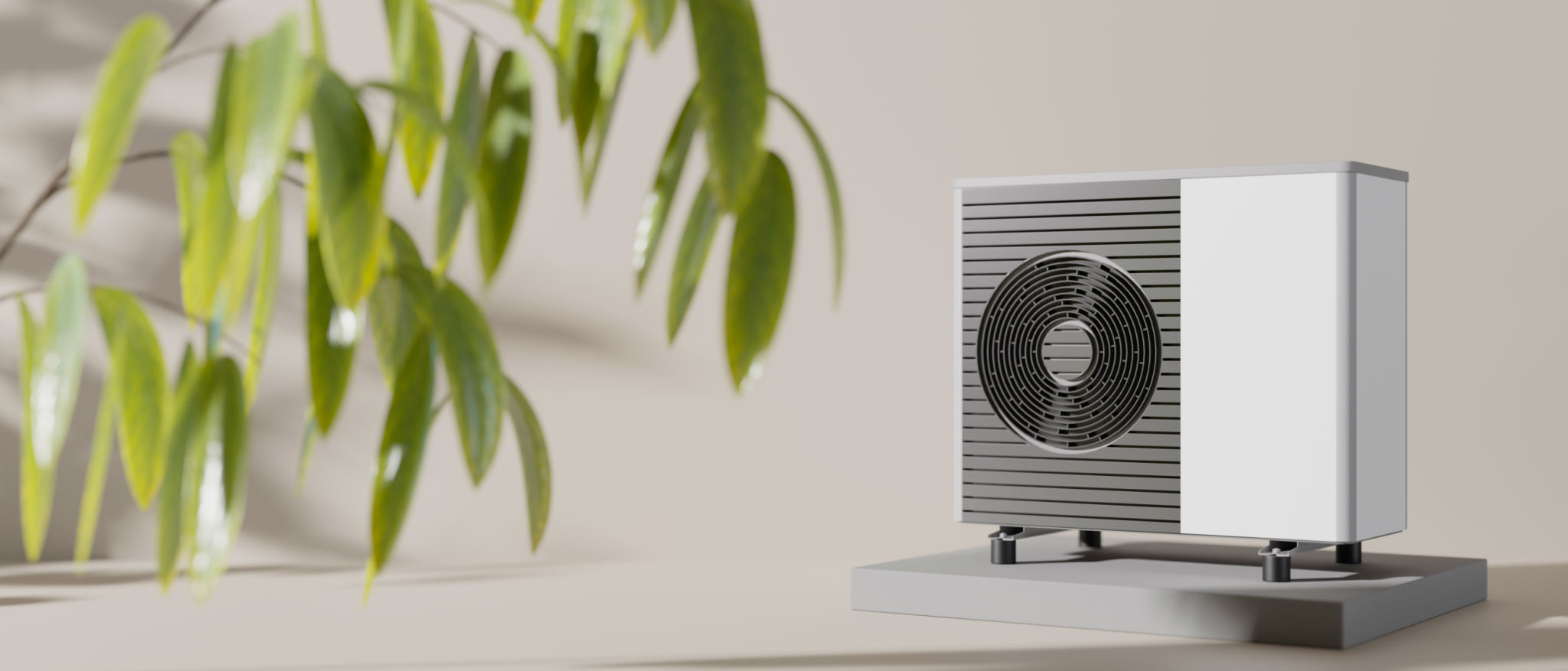Comparing Ducted vs. Split System Air Conditioners: What’s Best for You?
Understanding Ducted Air Conditioners
Ducted air conditioning systems are designed to cool or heat an entire home through a network of ducts. These systems are often preferred for their ability to provide a consistent temperature throughout multiple rooms or zones. They are generally installed in the ceiling or under the floor, making them a discreet option for air conditioning.
One of the primary advantages of ducted systems is their seamless integration into a home’s design. They are virtually invisible, with only the vents showing, and they operate quietly, enhancing the comfort of your living space. This makes them an excellent choice for those who value aesthetics and minimal noise.

Exploring Split System Air Conditioners
Split system air conditioners consist of two main components: an indoor unit and an outdoor unit. These systems are typically used for cooling or heating individual rooms or specific areas within a home. Due to their design, they are relatively easy to install compared to ducted systems.
One of the standout features of split systems is their energy efficiency. They allow you to cool or heat only the rooms you are using, which can lead to significant energy savings. Furthermore, they often come with advanced features like remote control operation and programmable timers, adding convenience to their use.

Comparing Energy Efficiency
When it comes to energy efficiency, both ducted and split system air conditioners have their pros and cons. Ducted systems can be more energy-efficient when cooling or heating an entire home, especially if you opt for zoning options that allow you to control different areas independently. However, if you're focusing on cooling a single room or area, split systems might be more efficient as they avoid unnecessary energy consumption.
Key Considerations
- Initial Cost: Ducted systems typically have a higher upfront cost due to their complexity and installation process.
- Operating Costs: Split systems can be cheaper to run if you're only using them in specific areas of your home.
- Flexibility: Split systems offer more flexibility as you can add additional units to different rooms as needed.

Installation Considerations
The installation process for ducted and split systems differs significantly. Ducted systems require professional installation and can involve significant work if your home doesn’t already have ducts. This makes them more suitable for new builds or major renovations.
In contrast, split systems are generally easier and quicker to install, making them a popular choice for existing homes where minimal disruption is desired. The placement of the indoor unit is critical for optimal performance, so professional advice is recommended to ensure it's installed effectively.
Making the Right Choice for Your Home
The decision between ducted and split system air conditioners ultimately depends on your specific needs and circumstances. If your priority is an unobtrusive system that can control the climate of your entire home, a ducted system might be the best choice. However, if you're looking for a cost-effective solution to cool or heat specific areas, a split system could be more suitable.
Consider factors such as your budget, the structure of your home, your cooling and heating needs, and any future plans for renovations or expansions. Consulting with an HVAC professional can also provide valuable insights tailored to your unique situation.
